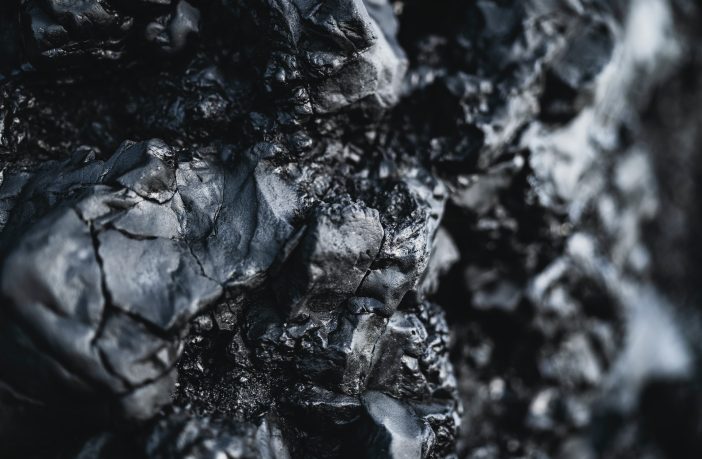Australian coal exports rise, and commodity prices fall
Despite countries’ efforts to meet climate targets, Australian coal exports are growing globally. According to Bloomberg analysis, thermal coal shipments will increase by 7.3 per cent and metallurgical coal by 2.6 per cent by 2023.
Australia is the world’s second-largest coal exporter, which is used in the steel industry and for power generation. According to the agency, fossil fuel supply increases due to growing demand from India and South East Asian countries. Demand for Australian coal will continue until 2025.
Australia has long been considered one of China’s biggest suppliers of commodities. But in 2020, the Chinese authorities severely restricted exports due to disagreements over trade issues. In 2023, the export ban expires, which also helps to increase the number of coal sold. Unlike most developed economies, Australia has long remained aloof from climate change issues, prioritising its domestic coal and gas industries. The country has now launched several programmes to reduce carbon dioxide emissions.

Fossil fuels as the mainstay of Australian exports
Experts note a decline in coal prices on the world market despite the increase in exports. This is putting pressure on the Australian economy, in which the supply of commodities plays a key role. Another problem for the local market could be a decline in sales of liquefied natural gas, Australia’s third-largest export. Although LNG is a more environmentally friendly energy source, experts predict a decrease in supply by the summer of 2024.
At the same time, demand for the resources used in green energy – nickel, lithium and copper – will increase slightly. Lithium supply, for example, is expected to increase by 20-30%. However, increased sales of these commodities will not generate the same income for the Australian economy as coal, iron ore and liquefied natural gas. Iron ore exports are the main source of income for the local economy and will remain so for some years to come. Increases in production by major producers BHP and Rio Tinto are evidence of this.
Coal market forecasts
The forecast for the price of coking coal from Australia is USD 200 per tonne by 2025. At the same time, the country’s government expects the commodity to cost USD 273 per tonne by the end of 2023. On the other hand, Fitch expects prices of USD 300-350 per tonne in 2023.
The global coking coal market:
– supply will increase over the next two years;
– reduced investment in new mine development could limit production growth;
– a small coal deficit on the world market is expected in 2024-2025.
These factors will put pressure on the commodity’s price, which will exceed the 2019 figures. Experts predict the global coking coal trade will reach 318 million tonnes in 2025, up from 297 million tonnes in 2022.




